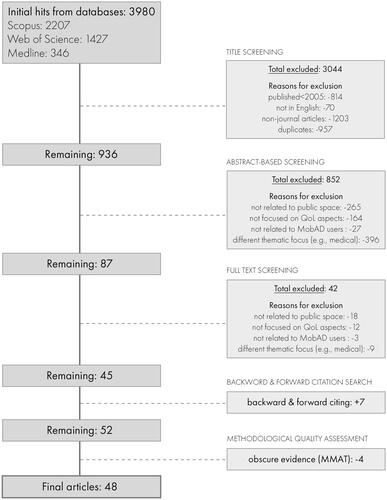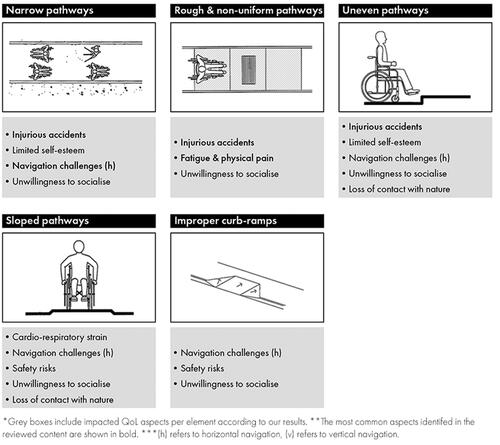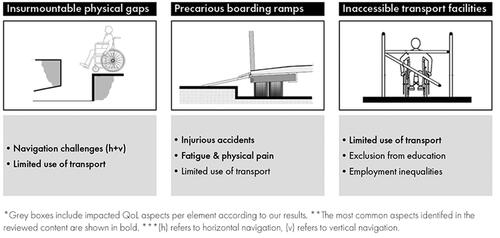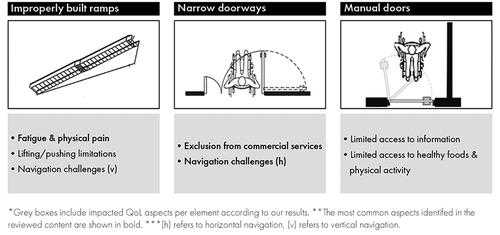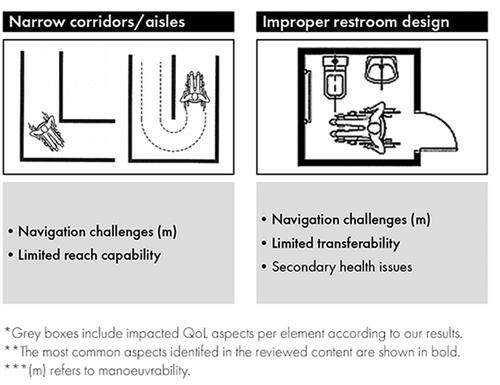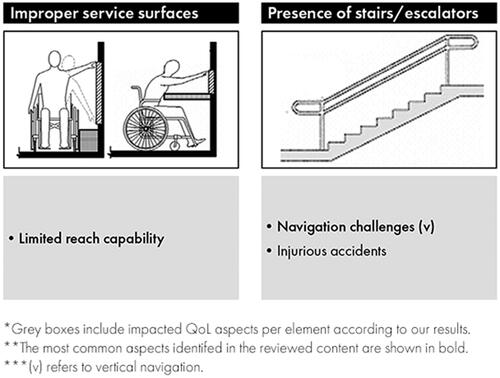Figures & data
Table 1. Construction of the search query used for retrieving relevant literature.
Table 2. The coding scheme used in this review.
Table 3. Analysis of general characteristics and methodology of the reviewed content.
